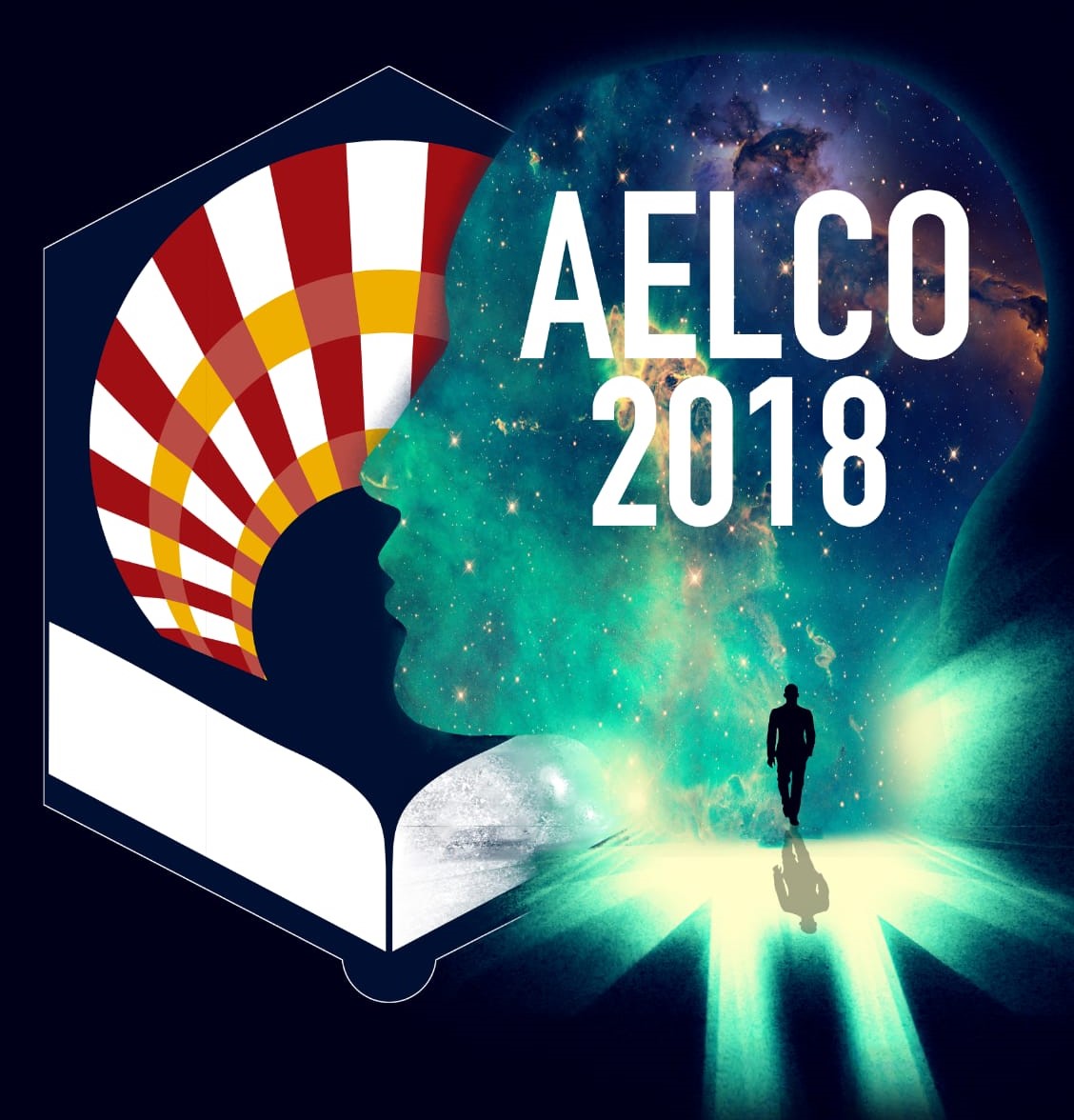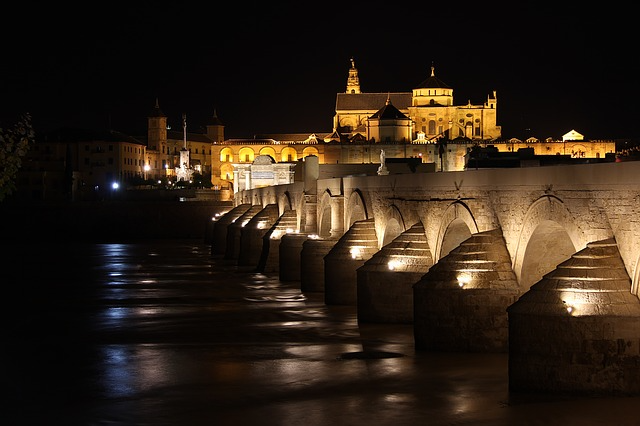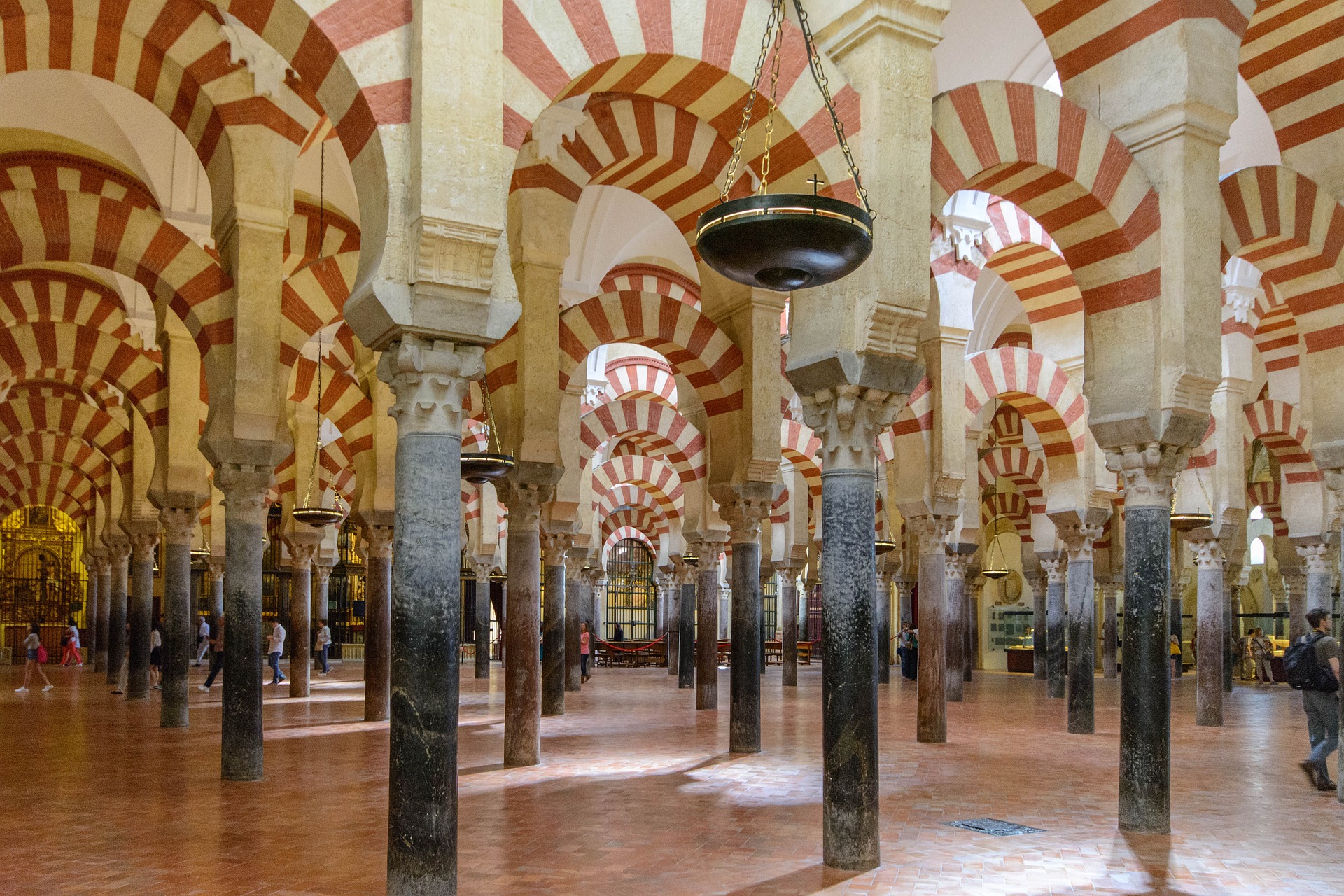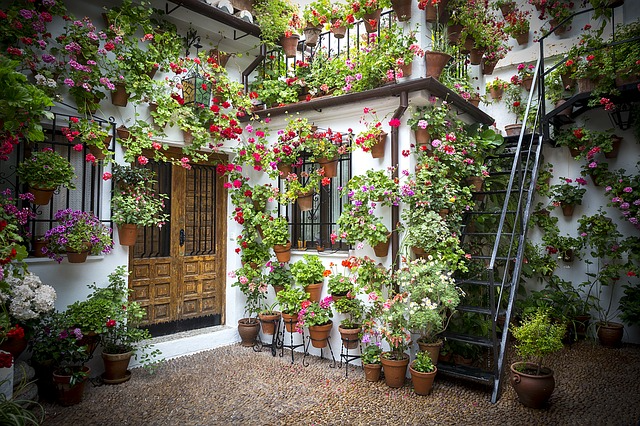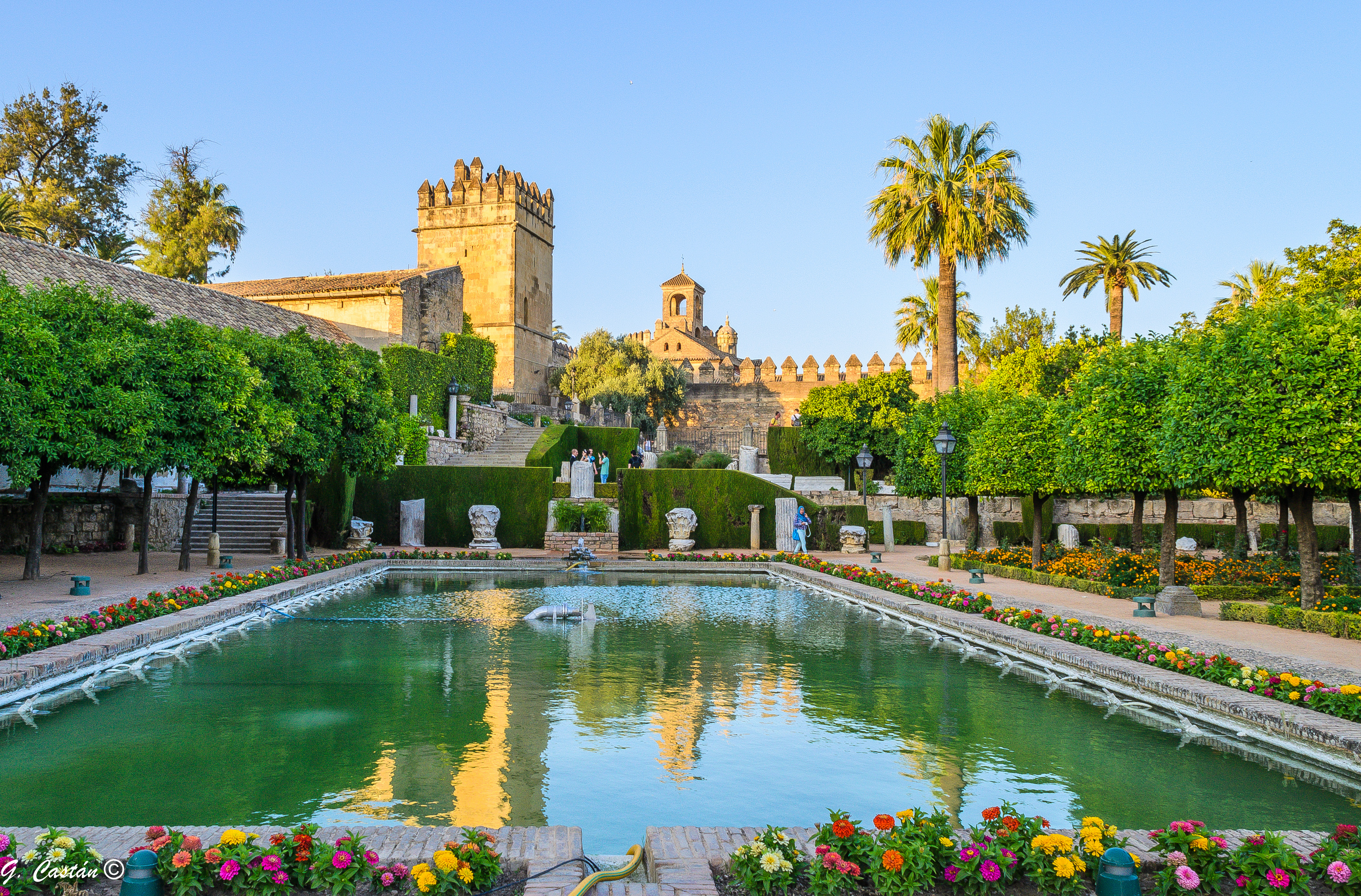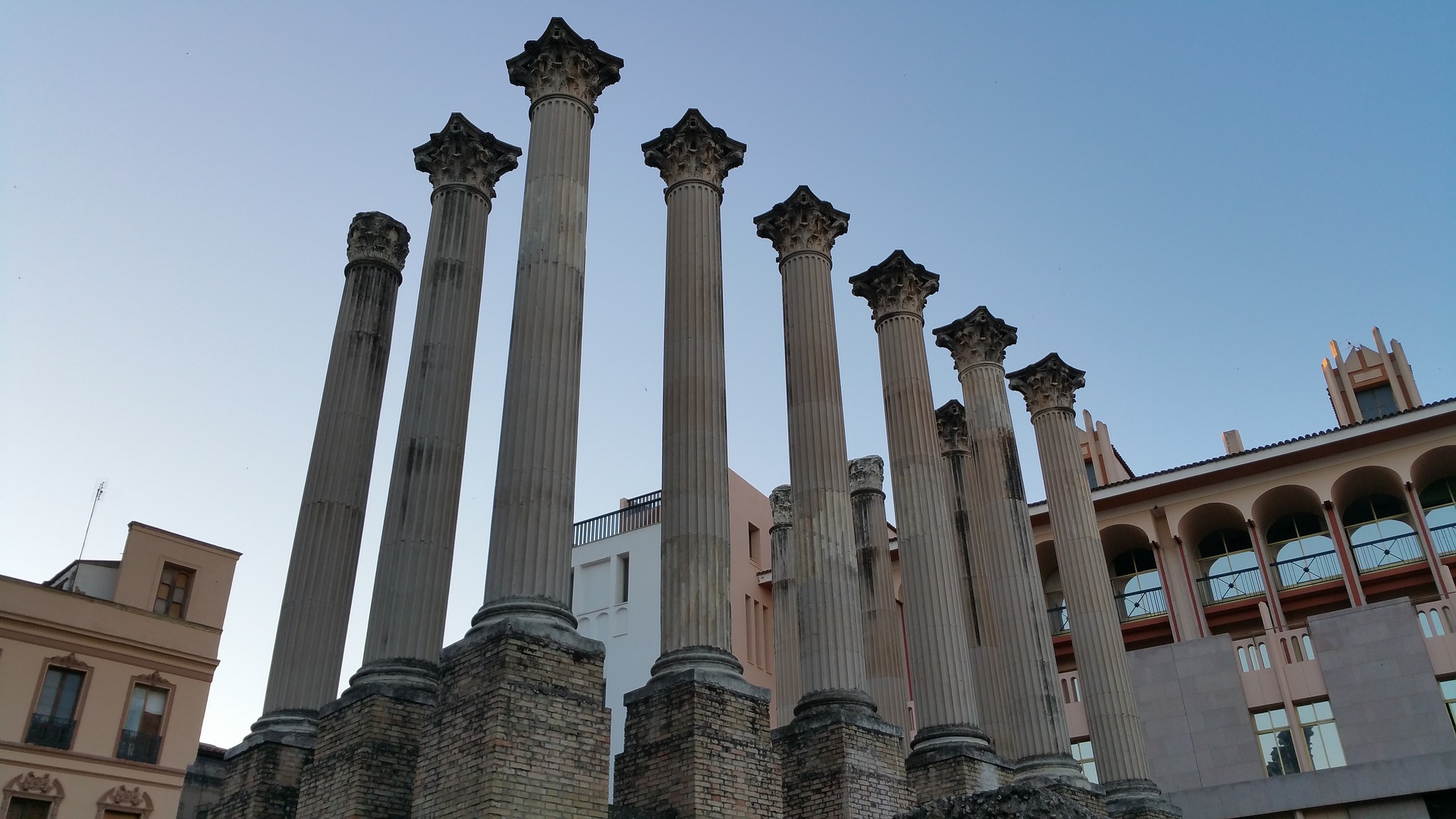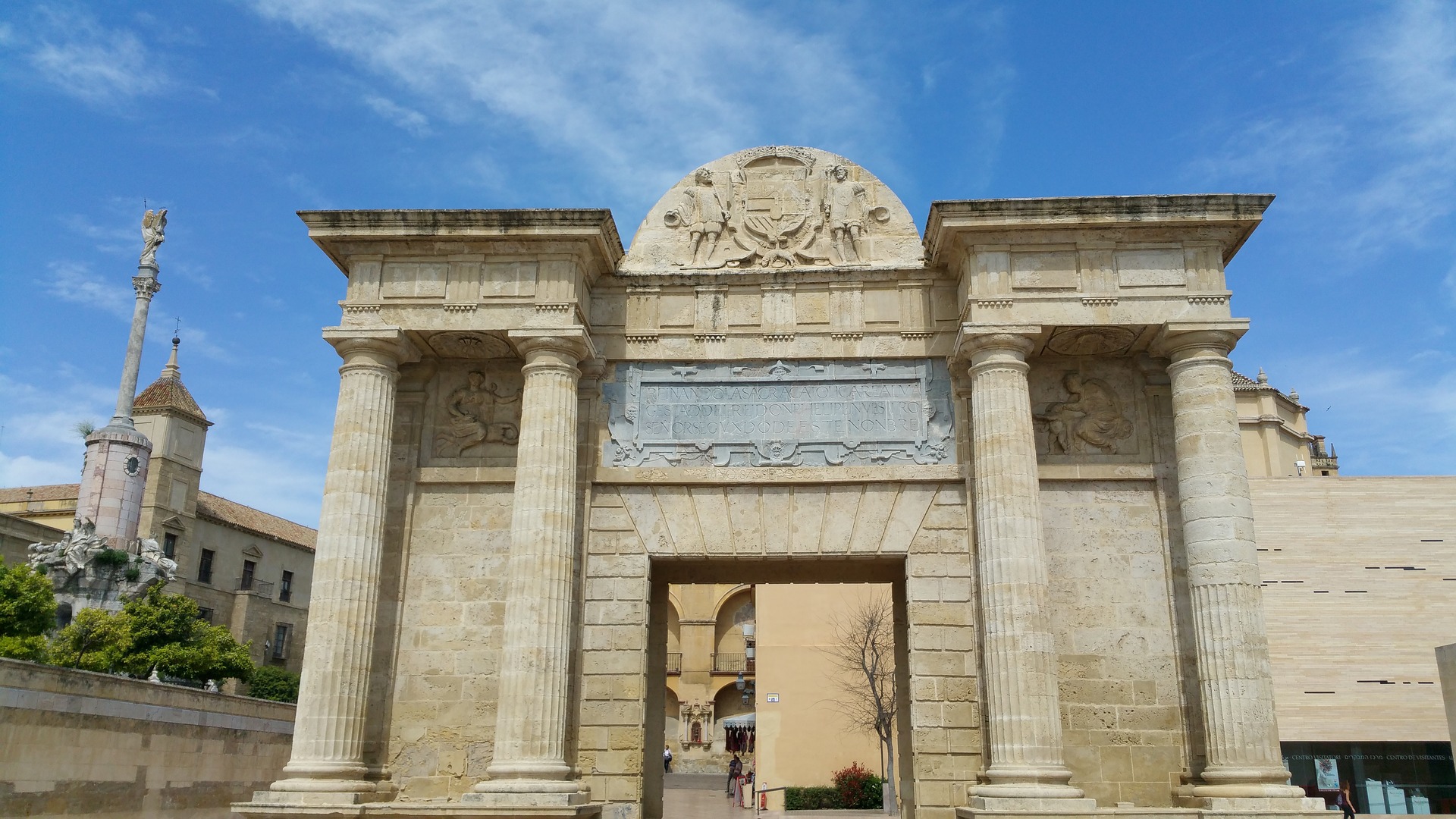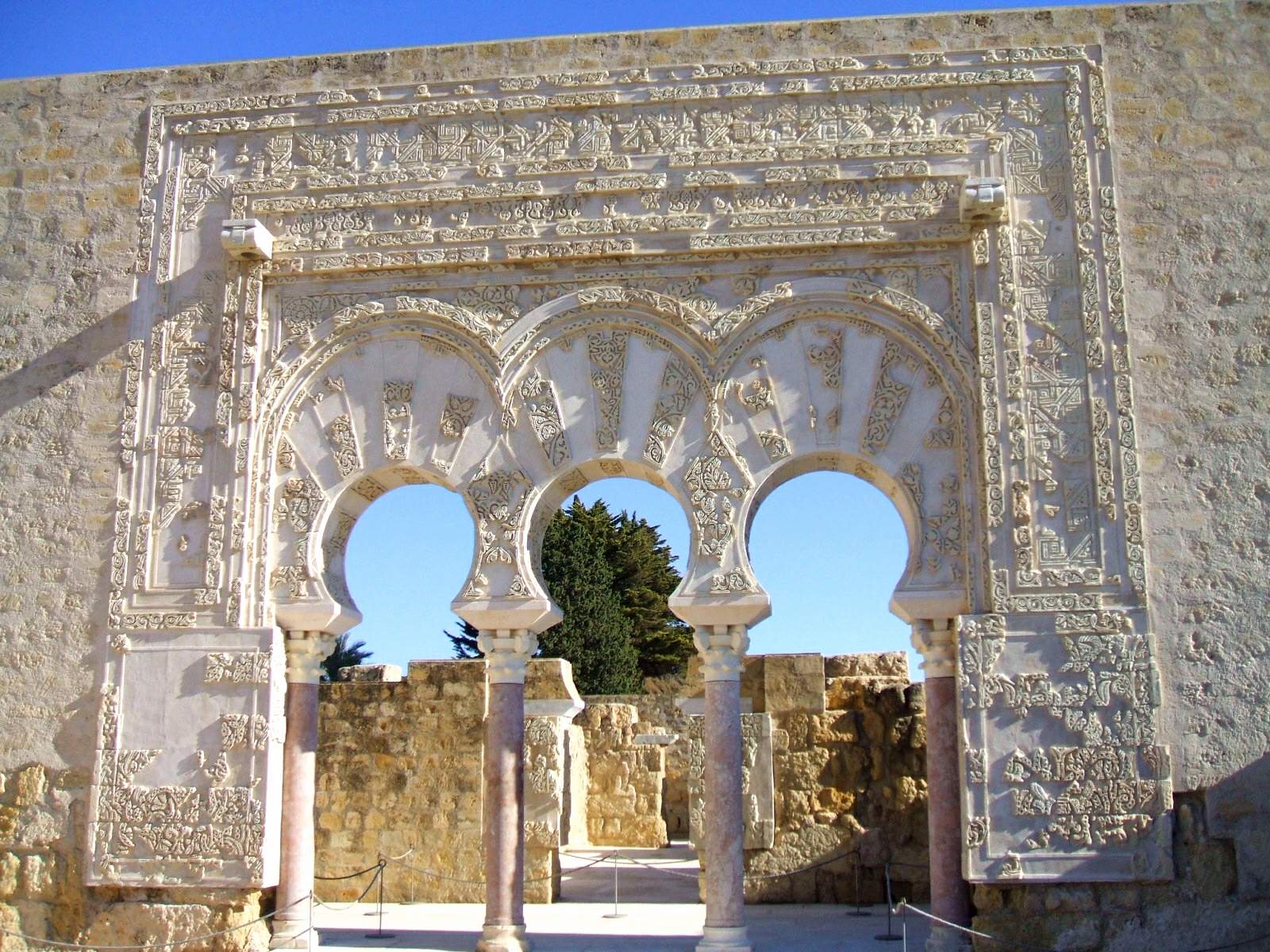A bit of Córdoba’s history
The first attested documents of our current city date from the Bronze Period. In 206 BC, Cordoba was conquered by the Romans and considered the capital of Hispania Ulterior, becoming a base for Roman troops. After Caesar won the war against Pompey, Cordoba experienced a remarkable downfall, but later regained its splendor and became the capital of the Baetica province. Intellectual activity flourished and some inhabitants of the city became Senators at Rome. The official mail was sent from here to the administrative archives, and the trade on oil, mineral and agricultural products becomes noticeable partly due to the construction of the Via Augusta, which crossed the River Guadalquivir over the Roman Bridge. The city was enclosed by walls, as you will have the opportunity to appreciate in some of our tours. The most outstanding local figures of the time are the playwright and philosopher Lucius Annaeus Seneca and the renowned poet and historian Lucan. A number of his statues can be found at different places in the city. The decline of the city started with the Roman Emperor Diocletian and, with the Christian expansion, the capital is moved to Hispalis (nowadays, Seville). The importance of the Christian communities can be enjoyed in a visit to the Alcazar, where a Paleochristian sarcophagus is kept, and the Archaeological Museum.
The Visigoths established in Spain in the 5th century. Cordoba then played a leading part in a remarkable historical-religious event. Prince Hermenegild, son of the Visigoth king Leovigild, abjured his pagan beliefs and embraced Christianity. In order to escape from his father’s anger, the prince fled to Cordoba where he found the support of the local population who fervently rose up in arms against the pagan king. The prince, later executed by his father, went down in history as Saint Hermenegild. After the council of Toledo, which firmly established Christianity as the official religion of Spain, a number of Christian temples were raised in Cordoba, such as the remarkable Basilica of St. Vincent’s, which was erected on the ruins of a Roman temple. You will be literally stepping on both religious buildings in our visit to the impressive Mosque-Cathedral as it was built on the remains of the Basilica. In the 7th century, a series of revolts and civil wars eventually led to the decline of the Visigoth Spain.
In the early 8th century, the Umayyads occupied a vast portion of Spain and made Cordoba the capital of Al-Andalus. Under Emir Abd al-Rahman I, Cordoba became world-known for its splendor and refinement only rivaled by Baghdad in the East. Scholars of all faiths will flock to Cordoba to take part in scientific ventures patronized by the rulers. This cultural burgeoning continued under the rule of his descendants. If you have the chance upon arrival to our city, please visit the Calahorra Tower (located across the Roman Bridge). The audio-guide that you can get provides a detailed account of the history of the city, including the contraptions and techniques used at that time in medicine, astrology, and architecture. It is about one-hour long but definitely worth it.
By the 10th century, during the caliphate of Abd al-Rahman III, the city, with a population of over half a million inhabitants, distinguished itself as the most advanced in Europe. Its inhabitants enjoyed a series of privileges such as running water in private housing, paved streets, street-lighting, gardens, as well as a and a rich bounty of foods, medicines, clothing, and crafts. The city had then hundreds of mosques, public baths (there are still some well-preserved ones, which can visit on your way to the Alcazar from town bordering the wall), suqs (markets), we will visit the one that survived, and palaces. In the 10th, century, a few important Jewish schools of study emigrated from the Orient and settled in Cordoba, which gave the world a number of remarkable Jewish doctors, astronomers, physicians, philosophers, and poets.
The Jewish quarter features many of its original whitewashed houses, tiled patio homes, and many beautifully sounding water fountains providing freshness and some of them a free drink to the visitor. If you enter the Jewish Quarter through Almodovar’s Gate and take the first street on your right (Judíos Street), you will find the Casa Andalusí on your right. It is a very beautiful Al-Andalus house turned into a museum. Further down, also on your right, you will find the Synagogue, then the Zouq or market on your left, and finally before arriving at a medium-sized square you will find the statue of Maimonides, one of Cordoba’s numerous Jewish scholars who is world-known for his fourteen-volume Mishneh Torah. In the early 11th century, economic and military pressures will turn the caliphate into smaller kingdoms, called taifas, but they will still evidence the city’s opulence.
The fragmentation of Al-Andalus, chiefly due to its internal wars and the subsequent decline of its might, went hand in hand with the vitality and triumphs of the Christian Reconquest. King Ferdinand III, the saint king of Castile, who dreamed of conquering of the great city of Cordoba, entered the city with his army in 1236. Subsequently, King Ferdinand had a series of noteworthy churches and convents built in the city. These temples matchlessly combine the Romanesque, Gothic, and Mudejar styles of architecture. Cordoba also became seat of the Castilian kings Alfonso XI and Peter I and contributed in the fall of Granada in the final stages of the Reconquest. The Catholic Monarchs, Queen Isabella I of Castile and King Ferdinand II of Aragon, also temporally held their court in Cordoba. Even Christopher Columbus arrived in the city in 1486 to make preparations for his great adventure. His goal was to persuade the Catholic Monarchs, at the time staying in Cordoba, to finance his expedition across the Atlantic Ocean. In order to commemorate the conversations held between the Genovese seaman and the Spanish sovereigns, a monument representing the Catholic Monarchs and Christopher Columbus was erected in the gardens of Cordoba’s Alcazar (the city’s castle). The distinguished military strategist Gonzalo Fernández de Cordoba, born in the nearby city of Montilla, became the commander-in-chief of the Spanish armies during Spain’s golden time of conquest and expansion in the 16th century. An equestrian statue to El Gran Capitán was erected in Las Tendillas Square, which locals consider the very heart of Cordoba.
Over the centuries that followed until the 21st century, Cordoba adapted to the numerous political changes that happened in Spain. The city also embraced the cultural changes of modern times but refused to lose the scent of the cultures that made Cordoba an exceptionally illustrious city.
Today, Cordoba is a welcoming medium-sized city with almost 400,000 inhabitants. Tourists can enjoy the remarkable vestiges of the numerous cultures and civilizations that contributed to make Cordoba a singular city.
For more information on our city, please click here.
Text adapted from the following sources: http://www.islamicspain.tv/Andalusi-Society/The-Cities.htm http://www.mezquitadecordoba.org/en/
